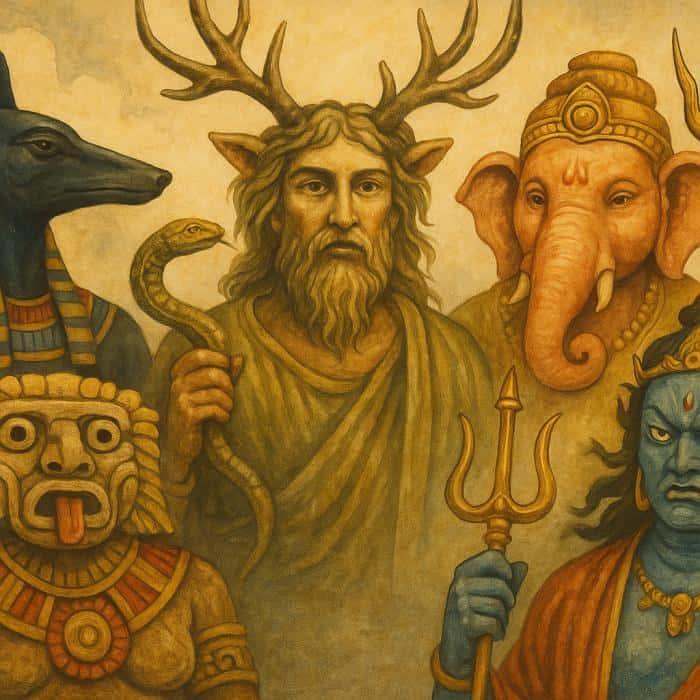6. Loki (Norse Mythology)

In Norse mythology, Loki emerges as an enigmatic figure defined by contradiction and chaos. Known for his cunning intellect and mischievous nature, Loki frequently disrupts the order of the gods, instigating conflicts and setting momentous events into motion. Often appearing as both ally and adversary, his shape-shifting abilities allow him to deceive and manipulate, highlighting his complex, unpredictable character. Loki’s pranks range from humorous tricks to catastrophic betrayals—such as orchestrating the death of Balder—ultimately contributing to the apocalyptic event Ragnarok. Through Loki, Norse tales explore the intricate balance between order and chaos, demonstrating that disruption can be both destructive and transformative.

















